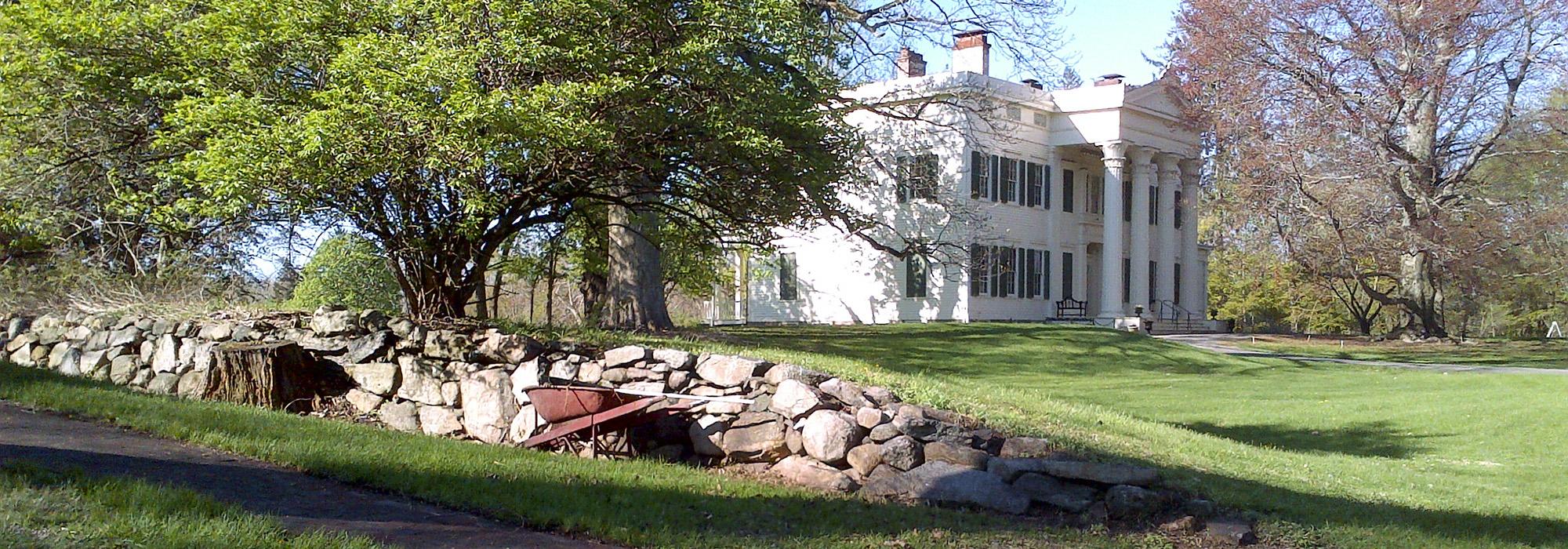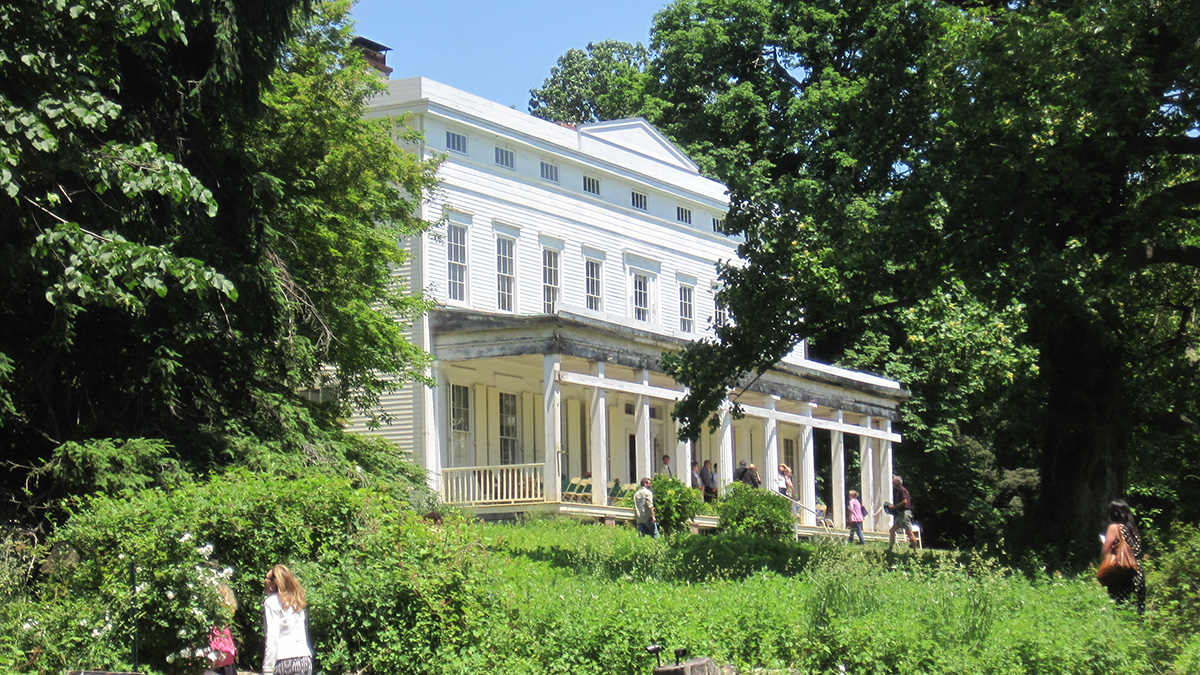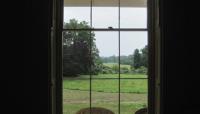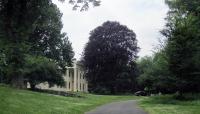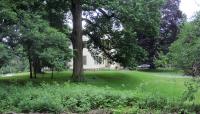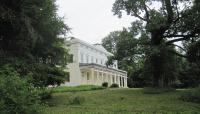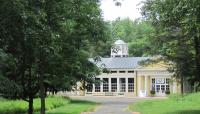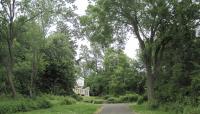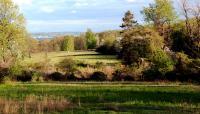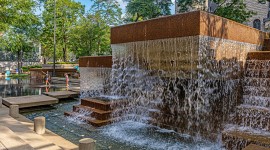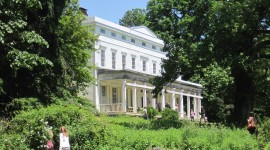Landscape Information
In 1745 Peter Jay, a successful merchant and horticulturalist, purchased 250 acres on Long Island Sound. “The Locusts” became the family home of John Jay, one of the seven Founding Fathers of our nation, and successive generations of this family, including landscape architect Mary Rutherfurd Jay.
In 1813 John Jay inherited the estate, which grew to 400 acres, including pastures, a family cemetery, formal gardens, orchards, and an arboretum. A member of England’s Royal Horticultural Society, Jay regularly sent seeds home from Europe and, together with his son Peter Augustus, installed stone ha-has in 1822 to control livestock and safeguard the property’s prominent feature, an open meadow stretching to the Sound since Paleo-Indian settlement of the site. During the mid-nineteenth century, Peter Augustus turned the gentleman’s farm into a country estate, replacing the farmhouse with a Greek Revival mansion, installing boxwood gardens and ponds, and engaging Alexander Jackson Davis to design a boathouse on “Cherry Hill.”
In 1905 the property was sold to Dutch financier Warner La Montaigne van Norden, who formalized the garden rooms while retaining the grazing fields and the existing axis to the Sound. In 1911 Edgar Palmer purchased the estate and hired Brinley & Holbrook to expand the grounds, including construction of another residence.
The garden rooms were rehabilitated in 2022 by Nelson Byrd Woltz landscape architects to represent multiple periods and to illuminate the ground’s historic inhabitants, including enslaved and freed people of African descent. Additional on-site programs and digital resources interpret the histories of those who worked and are buried on the grounds.
Today, 23 acres of the original estate, including the meadow, remain. It is managed by the Jay Heritage Center on behalf of New York State and Westchester County Parks. The property was listed in the National Register of Historic Places in 1982 and designated a National Historic Landmark in 1993.



